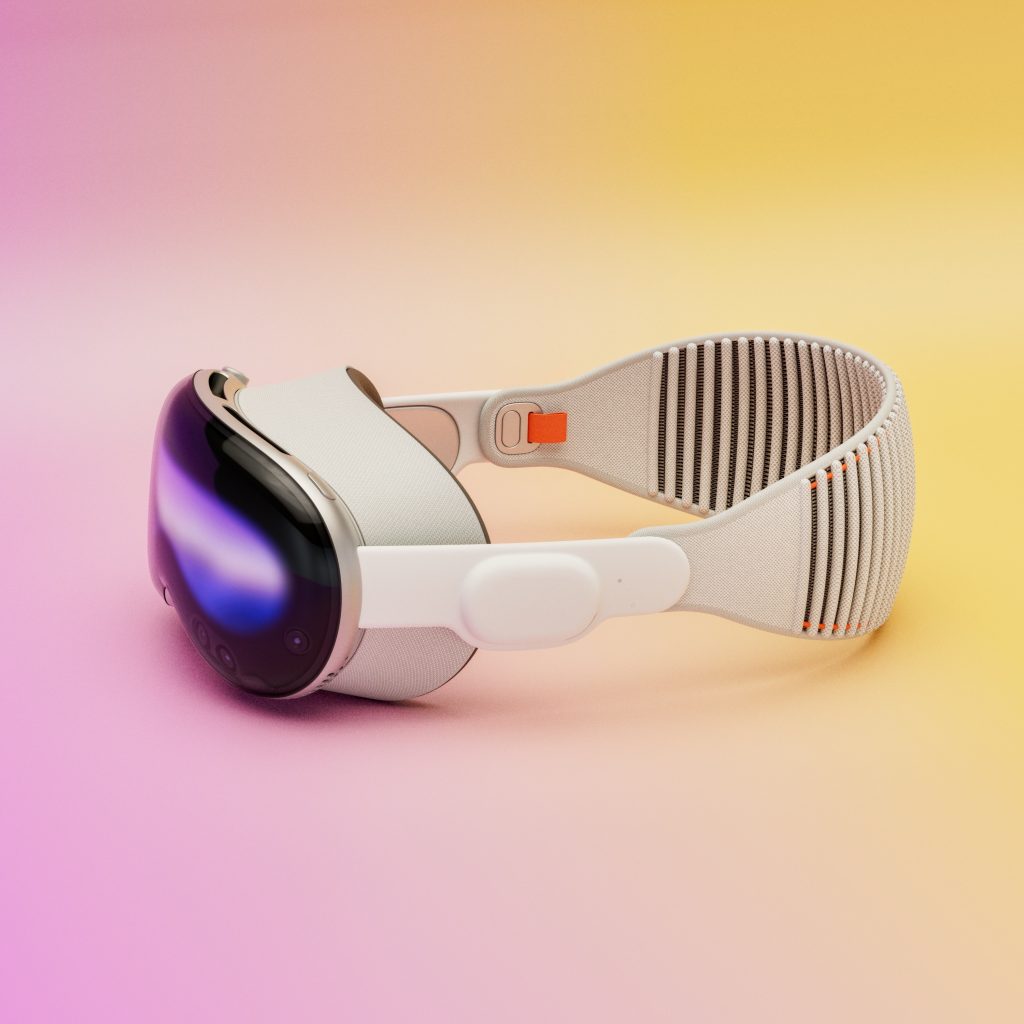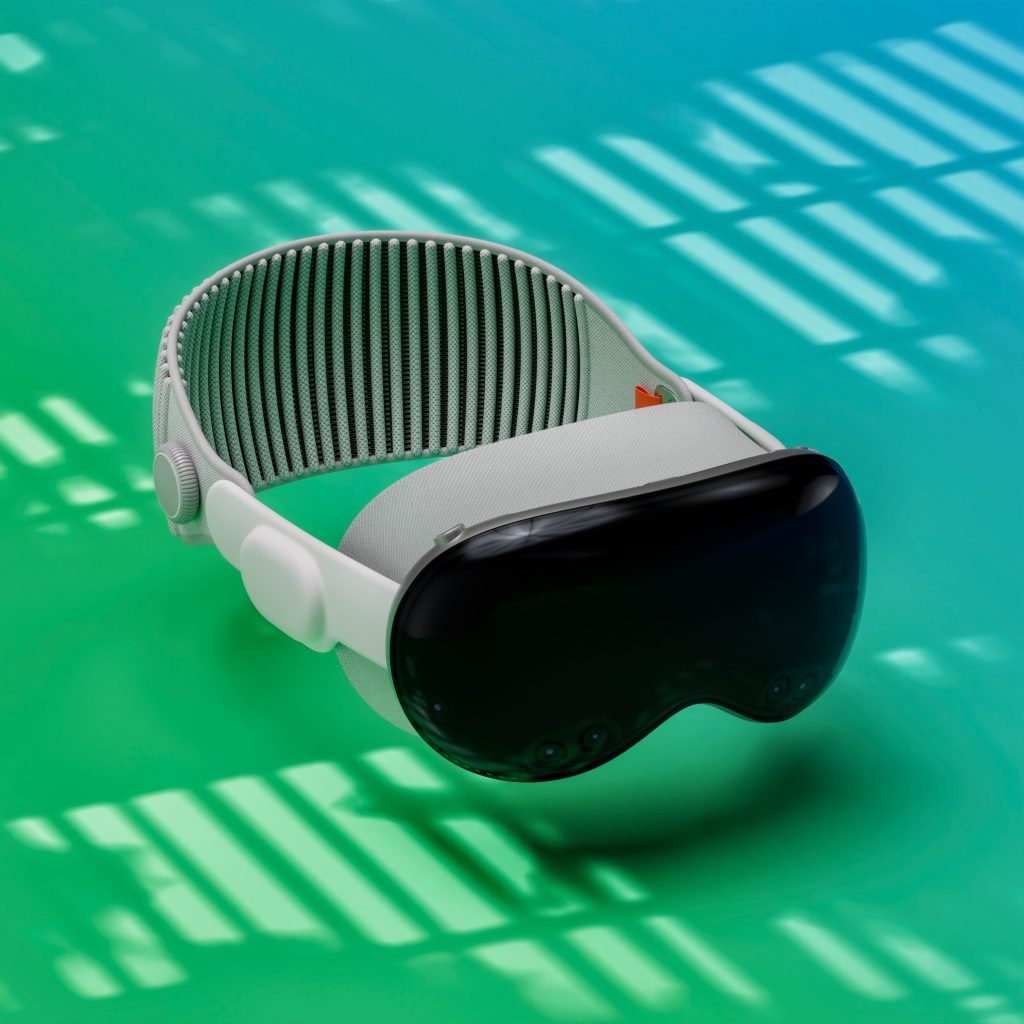The tech community is abuzz with anticipation as rumors suggest a significant change on the horizon for Apple’s iOS 18, promising a breath of fresh air in the form of a potential redesign. Apple enthusiasts and experts alike are speculating about the transformative updates that could make the forthcoming iteration of iOS notably refreshing and aesthetically distinct. This speculation raises a crucial question: could the redesign of iOS 18 draw inspiration from Vision OS’s visual distinctiveness?
Apple’s ecosystem, renowned for its seamless integration and visual consistency, may be on the cusp of an evolution. As we delve into the core of this discussion, it’s essential to consider the relationship between the company’s current lineup of operating systems – iOS, iPadOS, MacOS, and watchOS – which share a coherent design language that’s both familiar and intuitive to millions of users.

In contrast stands Vision OS, an operating system designed for spatial computing, which is fundamentally different in both function and form. Spatial computing encompasses technologies that enable digital interactions with the physical environment, including augmented reality (AR) and virtual reality (VR). Vision OS, with its focus on three-dimensional spatial interaction, necessitates a departure from the flat design principles that have characterized Apple’s interfaces thus far.
So, how might iOS 18 borrow from Vision OS’s visual language? Integrating the aesthetics of a spatial computing OS could entail embracing a new approach to accommodating depth, motion, and perspective within a predominantly two-dimensional interface of smartphones. Given Vision OS’s innovation in interacting with real space visually, its influence might guide iOS towards more dynamic elements, depth effects, and possibly improved AR capabilities.
However, it’s essential to temper expectations until official information is released. Apple maintains a cycle of updates and upgrades with an annual iOS release, typically announced at their Worldwide Developers Conference (WWDC) and released to the public in the fall. Thus, for concrete details regarding iOS 18’s design, industry watchers would do well to look towards the next WWDC for impending announcements.

Apple’s track record with design overhauls has often resulted in subtle shifts that preserve underlying familiarity while providing fresh enhancements. If the iOS 18 redesign indeed follows the aesthetic cues of Vision OS, it could signify a bold move for Apple, potentially reshaping user experience and setting a new standard for mobile operating systems.
For users and developers alike, the possibilities of what an iOS redesign could entail are exciting to ponder. Enhanced interactivity, intuitive navigation, and an overall enriched user experience could be on the table, enriching the iOS ecosystem and better positioning it within an advancing digital landscape that’s increasingly blending real and virtual domains.
As the tech world awaits further details, it is clear that any such redesign would be carefully considered. Apple’s dedication to providing a user-friendly and cohesive system across all its devices remains a touchstone of its design philosophy. The potential ripple effect a redesigned iOS 18 might have on the rest of its operating systems is a development worthy of attention.
For the latest updates and insights into the evolving landscape of Apple’s operating systems, the official Apple Newsroom is an invaluable resource, alongside popular tech news outlets and forums where the community avidly discusses the latest leaks and updates.
In conclusion, while the rumors about iOS 18’s redesign are yet to be substantiated, the possibilities they suggest underscore the tech giant’s commitment to innovation. Whether or not iOS will embrace the visual aesthetics of Vision OS remains to be seen, but the prospect alone is a testament to Apple’s enduring quest to push the boundaries of what’s possible in technology and design.



